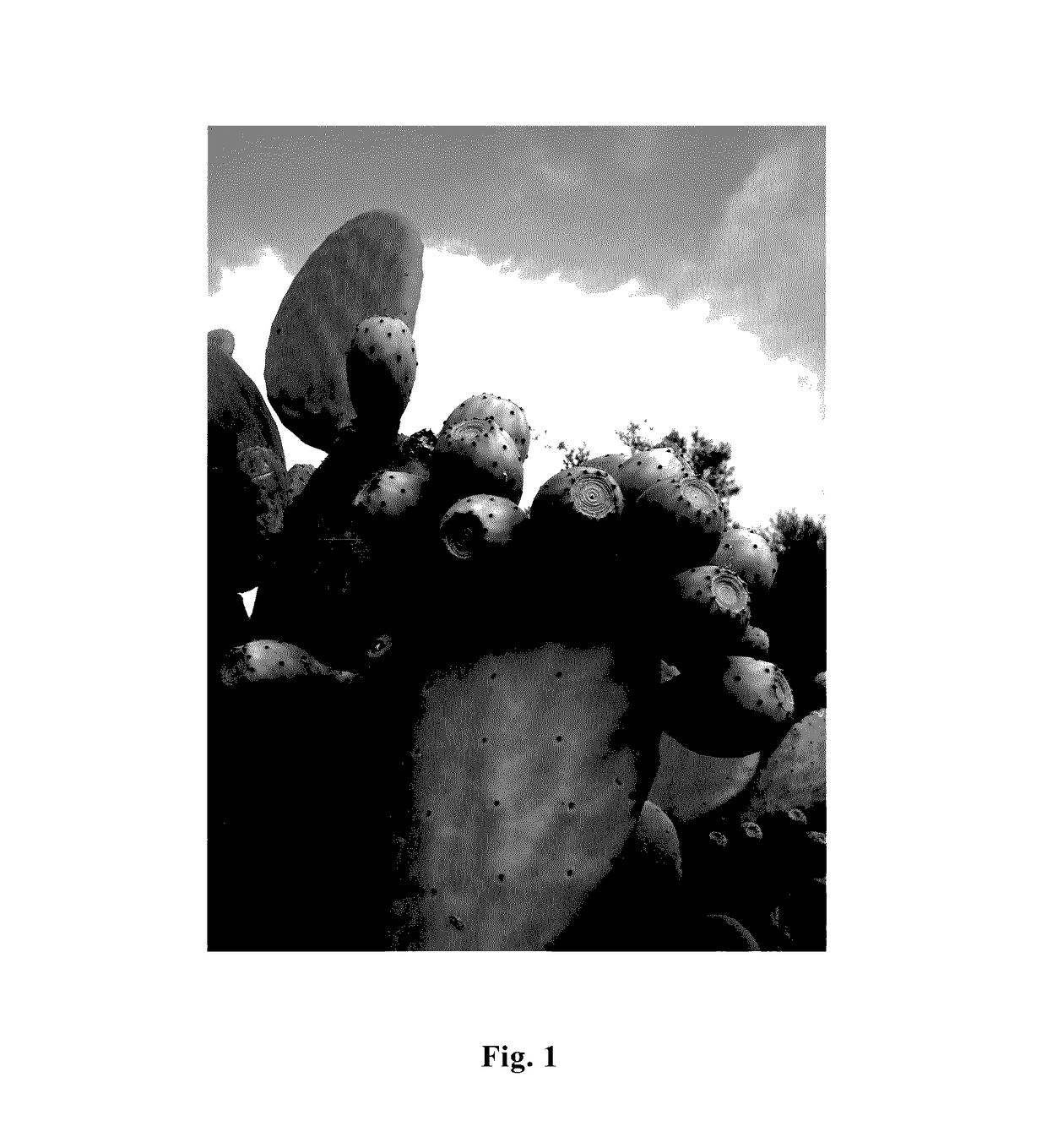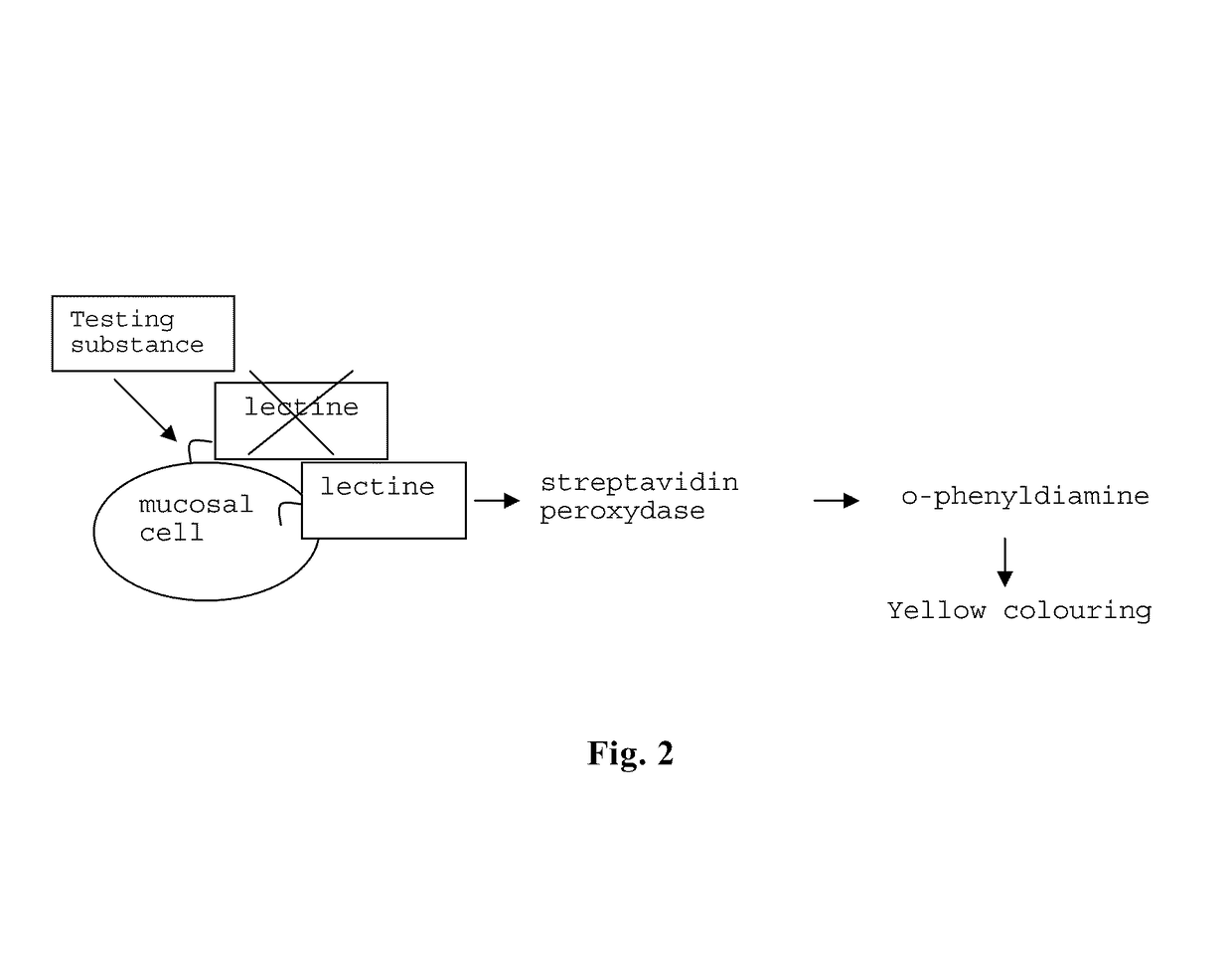Compositions for the treatment of gastro-esophageal reflux disease (GERD)
a gastro-esophageal reflux disease and composition technology, applied in the direction of biocide, drug composition, plant/algae/fungi/lichens ingredients, etc., can solve the problems of not being useful in the treatment of non-acid esophageal reflux, not very widespread new technique, and very personal and objective therapy choi
- Summary
- Abstract
- Description
- Claims
- Application Information
AI Technical Summary
Benefits of technology
Problems solved by technology
Method used
Image
Examples
Embodiment Construction
[0028]The invention provides pharmaceutical, nutraceutical, health foods and medical device compositions able to co-operate in a synergistic way with active substances useful in the prevention and therapy of acid and non-acid esophageal reflux diseases and their clinical complications. These compositions are characterized by containing a polysaccharide extract from Opuntia Ficus Indica cladodes.
[0029]Opuntia Ficus Indica (Nopal) is a plant belonging to Cactaceae, native to Mexico and to United States south-west, but widespread even in self-sown Mediterranean vegetation.
[0030]Fruits and younger cladodes (more tender) are used from ancient times for dietary use (the cladodes are used fresh, brined, pickled, candied, as jam and even as forage) or to prepare alcoholic drinks.
[0031]In popular medicine the plant is used in many ways: fruits are astringent and were used by sailors to prevent scorbutus, thanks to their vitamin C content; young cladodes are used as cataplasm (oven warmed) an...
PUM
| Property | Measurement | Unit |
|---|---|---|
| Molecular Weight | aaaaa | aaaaa |
| temperature | aaaaa | aaaaa |
| pH | aaaaa | aaaaa |
Abstract
Description
Claims
Application Information
 Login to View More
Login to View More - R&D
- Intellectual Property
- Life Sciences
- Materials
- Tech Scout
- Unparalleled Data Quality
- Higher Quality Content
- 60% Fewer Hallucinations
Browse by: Latest US Patents, China's latest patents, Technical Efficacy Thesaurus, Application Domain, Technology Topic, Popular Technical Reports.
© 2025 PatSnap. All rights reserved.Legal|Privacy policy|Modern Slavery Act Transparency Statement|Sitemap|About US| Contact US: help@patsnap.com



